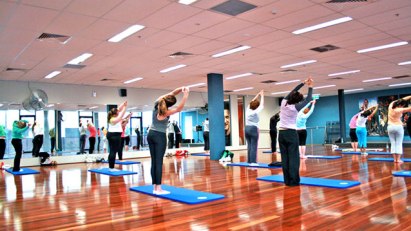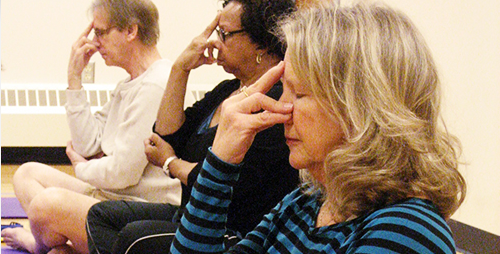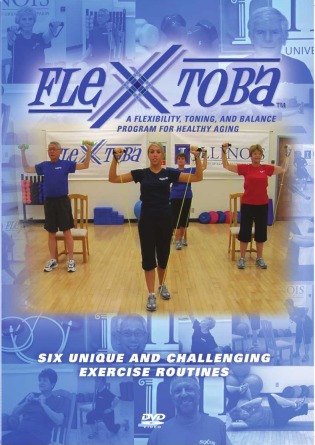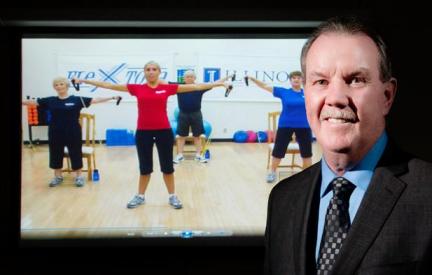Gothe, N.P., Wójcicki, T.R., Olson, E.A., Fanning, J., Awick, E.A., Chung, H.D., Zuniga, K.E., Mackenzie, M.J., Motl, R.W., & McAuley, E. (2015). Physical activity levels and patterns in older adults: the influence of a DVD-based exercise program. J Behav Med, doi: 10.1007/s10865-014-9581-6.

Abstract: The use of multimedia to influence health behaviors offers unique advantages over more traditional center-based programs, however, little is known about the effectiveness of such approaches in improving physical activity levels over time. The purpose of this study was to examine the efficacy of a progressive and age-appropriate, DVD-delivered exercise program in promoting physical activity levels among older adult cohorts. Community dwelling older adults (N = 307, Mean age = 71 years) were randomized to one of two groups: a 6-month home-based DVD-delivered exercise (i.e., FlexToBa™) intervention group or a healthy aging DVD control group. Physical activity was assessed objectively using a standard 7-day accelerometer wear period and subjectively using the Godin Leisure Time Exercise Questionnaire, at baseline and follow-up. Analysis of covariances indicated a statistically significant treatment effect for subjectively [F(1,250) = 8.42, P = .004, η(2) = .03] and objectively [F(1,240) = 3.77, P = .05, η(2) = .02] measured physical activity. The older cohort (>70) in the FlexToBa condition further had significantly larger improvements in physical activity levels compared to their younger counterparts. From a public health perspective, media-delivered interventions such as the FlexToBa program might prove to be cost-effective, have a broader reach and at the same time be effective in improving physical activity levels in older adults.










